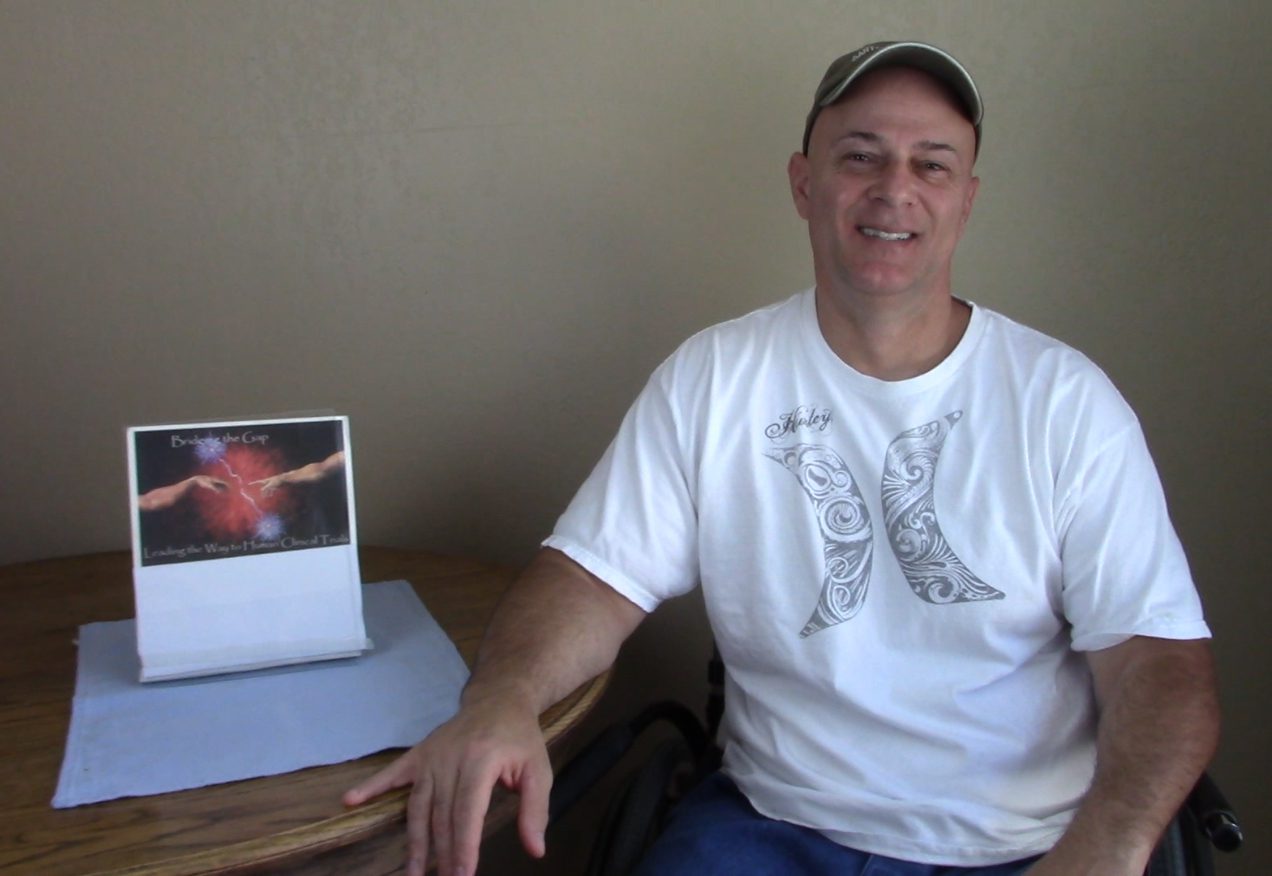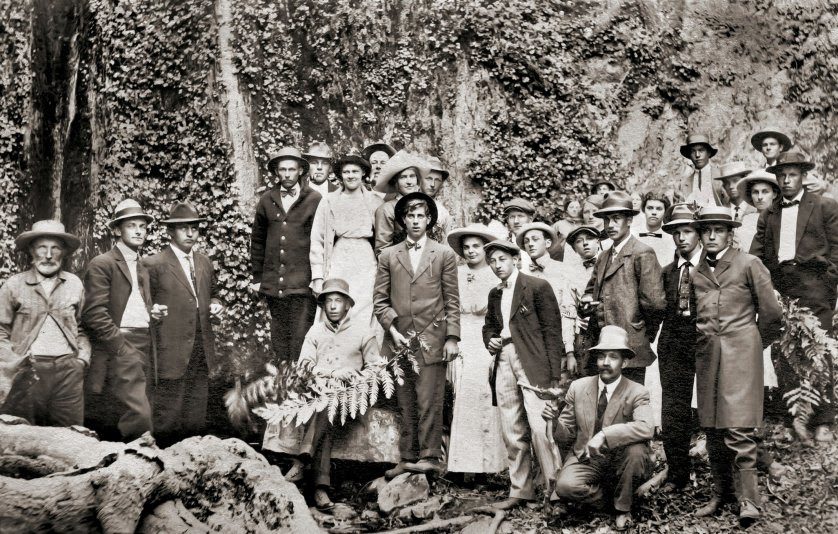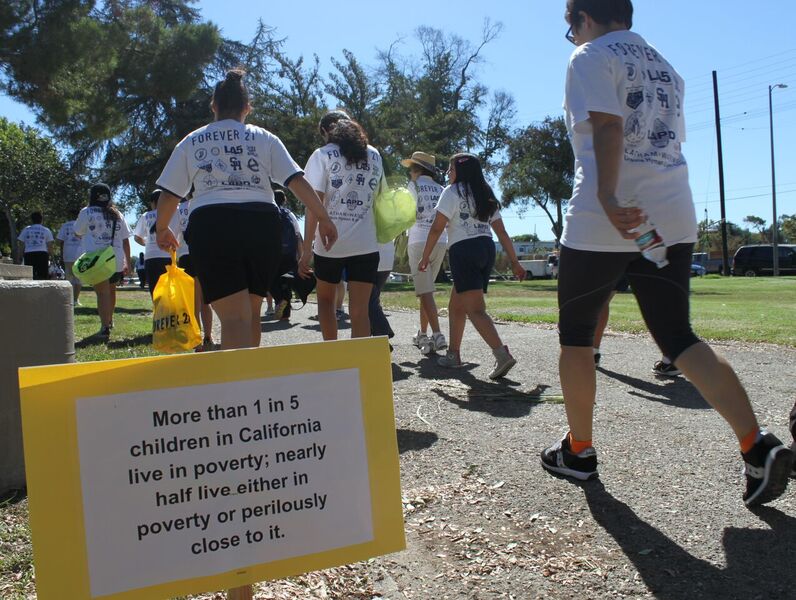By Pamela Dozois
Contributing Writer
A small group of dedicated people have started a GoFundMe Campaign to raise $125,000 for creating a therapy that could help people with spinal cord injuries regain the ability to stand and walk.
Led by a local nonprofit foundation, SCI Research Advancement, the campaign has established a donation site at www.gofundme.com/stand-to-end-paralysis.
According to statistics at the National Institute of Health (NIH), every year an estimated 12,000 people in the United States suffer a spinal cord injury. On average, that means that in the United States, 35 people each day will walk out their front door and wake up in a hospital, paralyzed, and ultimately return home to try to create a new life from a wheelchair.
This is what happened to Will Ambler when he was involved in a motorcycle accident in 1992. In 1997, he created a 501(c)3 nonprofit, SCI Research Advancement, to help fund research to find a cure for spinal cord injury.
“To date SCI has raised over $400,000 for spinal cord injury cure research. Now we are poised to take advantage of some of that research and recent medical advancements to create an effective therapy. Using a non-surgical treatment combining the use of an exoskeleton, which is an assisted walking device, along with electrical stimulation of the central nervous system, we hope to restore lost movement and function, thereby changing traditional medical dogma,” Ambler said.
“Spinal cord injury is now considered permanent and leads to a life lived from a wheelchair. This can change to recovery and restoration with a successful treatment,” Ambler continued. “We have started a GoFundMe campaign to raise the funds needed ($125,000) to acquire an exoskeleton.
“At present the cost involved to acquire the exoskeleton limits access to teaching hospitals and large research centers. The exoskeleton is FDA approved but at present it is not covered by insurance. One exoskeleton can be used by many people with only minor adjustments required, so we will be able to offer access to our treatments to many people. It will be used as a therapy device to transition from needing a wheelchair to walking.”
Ambler said that The Reeve Foundation, UCLA, and the Miami Project have shown, after testing, that the exoskeleton or a surgically implanted epidural stimulator have, as separate treatments, helped people to recover some function, encouraging dormant nerves to be turned back on.
“Walking helps trick the body into reflexive movements. Our plan is to combine two treatments, the exoskeleton and a non-surgical electrical stimulator, which we have already acquired, to help people to walk again,” said Ambler.
Ambler can be reached at ambler@silcom.com.






